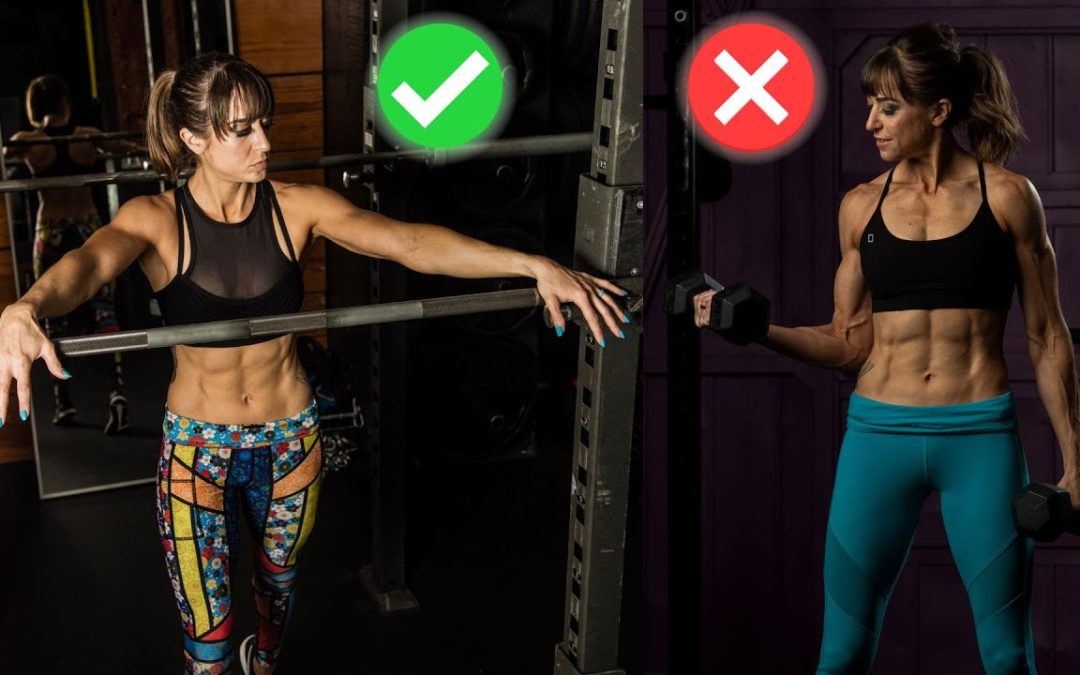
by Cori Lefkowith | Oct 23, 2022 | Blog, Exercises, Workouts
Don’t waste your time commenting that diet is key for fat loss. Yup. 100% it is. BUT the best results always come when we dial in our overall lifestyle as a system to work together. And too often we turn to cardio when we want to lose fat. We think we even need MORE...

by Cori Lefkowith | Aug 12, 2021 | Blog, Exercises, Workouts
Cardio is often the most misused fat loss tool. And your exact level of leanness may impact how you implement cardio in your training routine. For instance, if you’re super lean with your macros and strength training routine all dialed in, but struggling to break...




